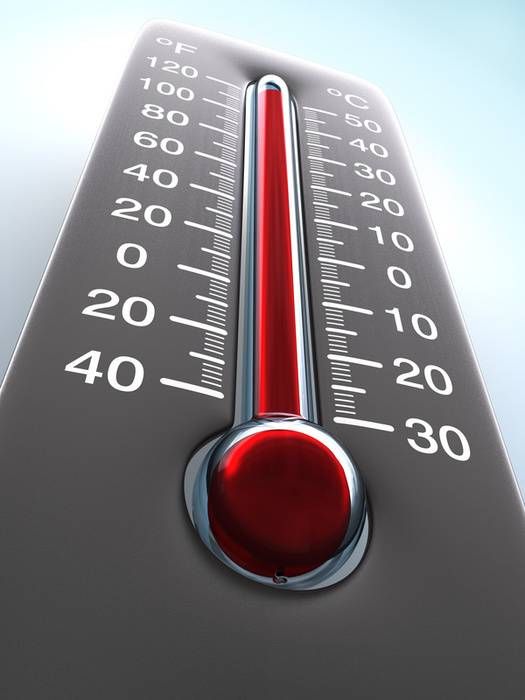
Hot Reads, Cold Reads: Taking a Book’s Temperature
For the purpose of this piece, let us divide the world: there are cat people and dog people, introverts and extroverts, books that are warm and books that are cold.
What’s a warm book? You know one when you read one. It is in possession of a color palette in the reds and purples. RuPaul’s Working It is a warm book. I heart RuPaul’s Drag Race; it is as much like an epic poem as men dressing up as women and then lip syncing can be. There is a ton of bravery in that.
Middlemarch is a warm book, Walt Whitman’s Leaves of Grass is, and everything Billy Collins writes. Shakespeare is positively hot.
Annie Dillard is a tremendous writer…of cold books. Ditto Andrea Barrett. And Salinger, and Fitzgerald. The Great Gatsby is just the thing for hot cerebral cat people who like, as my cat does, to lick their fur in front of a blasting air conditioner. T.S. Eliot? Ice cubes in a rocks glass.
I don’t necessarily prefer warm to cold on the first go-round; my bookshelves are a temperate biome, but I find I return more frequently to the warm books. It’s them I reread every few years. I’m starting Moby-Dick again, as one starts over with the scroll of the Torah.
I like characters that grow on me. Ishmael. Casaubon in Middlemarch, Oscar Wao, Alison Bechdel; for all organisms require a certain amount of heat, but not too much. An example of a book like bread with too much yeast that rises beyond the pan and all over the oven would be A Tree Grows in Brooklyn, some Mary Oliver poems (sorry, but I’m talking to you Wild Geese) and Whitman where he can’t rein his giant yawp in.
What books you like, and the temperature you like them at, may be the best personality test.













